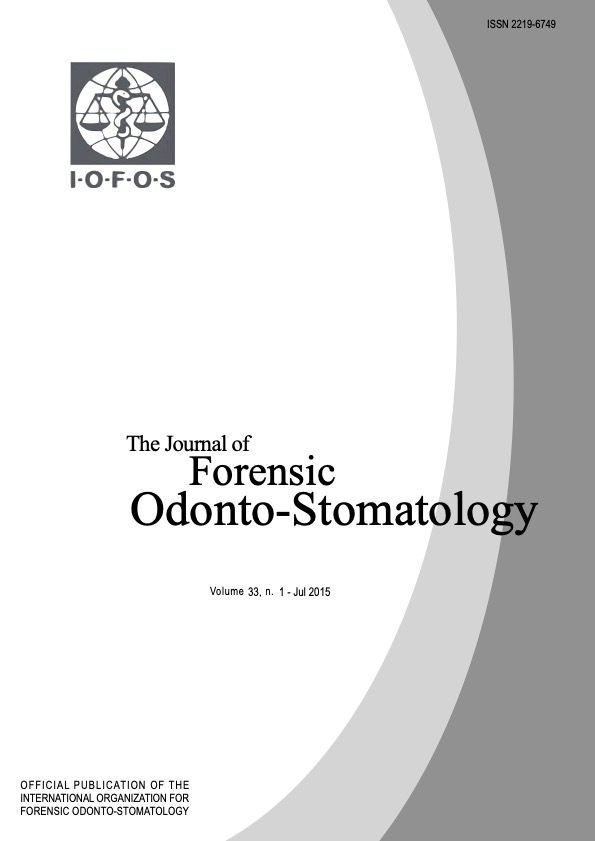Histological assessment of cellular changes in postmortem gingival specimens for estimation of time since death
Keywords:
Postmortem Interval, Histologic Changes, Gingiva, Eosinophilia, Homogenization, VacuolationAbstract
Estimating the time after death is an important aspect of the role of a forensic expert. After death, the body undergoes substantial changes in its chemical and physical composition which can prove useful in providing an indication of the post-mortem interval. The most accurate estimate of the time of death is best achieved early in the post-mortem interval before the many environmental variables are able to affect the result. Whilst dependence on macroscopic observations was the foundation of the past practice, the application of histological techniques is proving to be an increasingly valuable tool in forensic research. The present study was conducted to evaluate the histologic post-mortem changes that take place in human gingival tissues and to correlate these changes with the time interval after death. Thirty one samples of post-mortem human gingival tissues were obtained from a pool of decedents at varied post-mortem intervals (0-8hrs, 8-16hrs, 16-24 hrs). Ante-mortem samples of gingival tissues for comparison were obtained from patients undergoing crown lengthening procedure. Histological changes in the epithelium (cytoplasmic and nuclear) and connective tissue were assessed. The initial epithelial changes observed were homogenization and eosinophilia while cytoplasmic vacuolation and other alterations, including shredding of the epithelium, ballooning, loss of nuclei and suprabasilar split were noticed in late post-mortem interval (16-24 hrs). Nuclear changes such as vacuolation, karyorrhexis, pyknosis and karyolysis became increasingly apparent with lengthening post–mortem intervals. Homogenizations of collagen and fibroblast vacuolation were also observed. To conclude; the initiation of decomposition at cellular level appeared within 24 hours of death and other features of decomposition were observed subsequently. Against this background, histological changes in the gingival tissues may be useful in estimating the time of death in the early post-mortem period.

